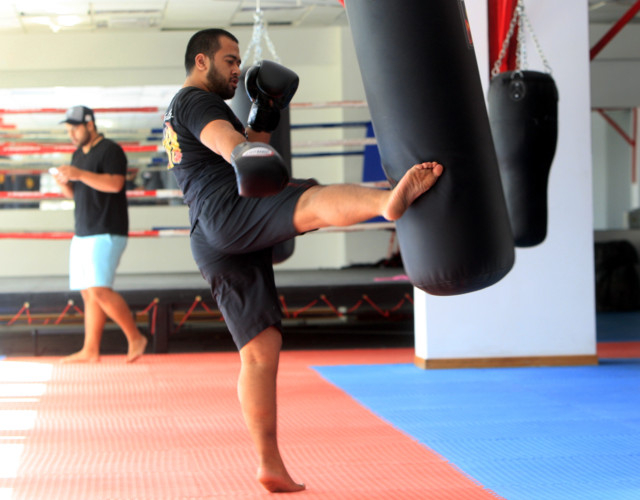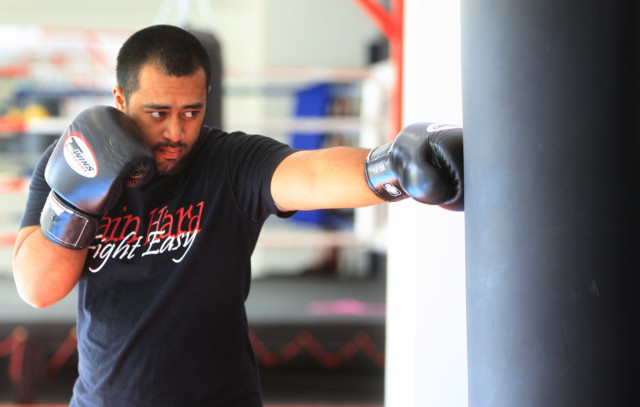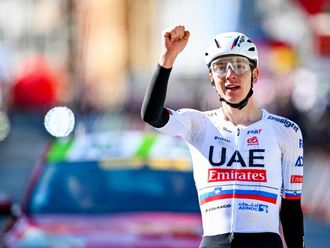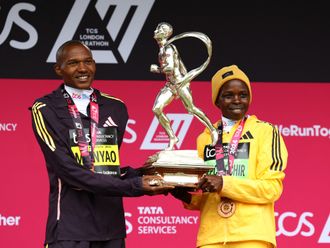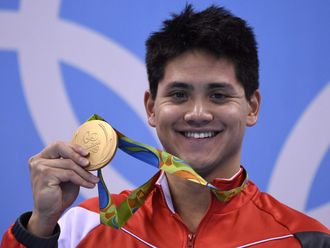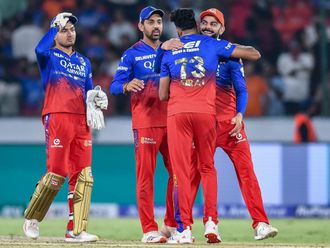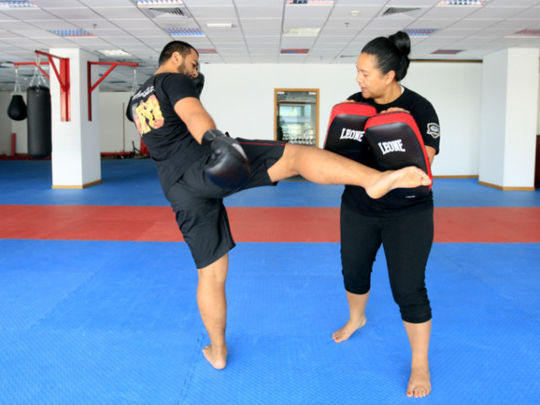
Dubai
Muay Thai and its derivative kickboxing are not sports for the weak or wimpy, as anyone who’s trained in them can attest to. Practising them is like beating up someone while simultaneously being beaten. In a good way.
But if you are weak and wimpy, Damelza Taumafai, or Dee, is probably one of the nicest people you can train with.
“One more,” she says in a sweet, encouraging voice that promises oxygenated salvation on the horizon as a winded first-time boxer (me) begins to slow down with exhaustion.
Taumafai, an ex-policewoman from Australia, started kickboxing when she was 10 years old – her father and uncle were already competing in the sport professionally. “Our whole family does it,” she explains. Later she took up Muay Thai, and in her late teens began teaching.
Today, she trains both adults and kids at the KO Knockout gym at Dubai Marina and Al Safa. Like the sport, the gym is a family affair, run by her father, brother and sister. When they first opened in the Marina in 2009, they had no reason to believe there was a market for such sports in Dubai. “We just wanted to [open a gym],” Taumafai says of their reasoning. But just four weeks ago they opened another branch at Al Safa, with a grand opening planned for mid-February.
Muay Thai and kickboxing are very similar, but with two major differences, explains Vladimir Burdun, president of the Dubai Martial Arts Academy. Firstly, Muay Thai allows you to use your knee when holding your opponent. Secondly, Muay Thai allows you to use your elbows. This, Burdun says, makes Muay Thai “the toughest sport in the world”.
“It’s very dangerous,” he says, explaining that the direct impact between the elbow and head can break the skin because of the ‘bone to bone’ contact. But, he says, “most people [who train for Muay Thai] are prepared for that.”
Not everyone who takes up the sport is looking for a takedown in the ring, though. Many are amateurs looking to lose weight and get in shape or work on their self-defence skills, Taumafai says. People who have been recommended to do cardiovascular workouts for health reasons also turn to kickboxing for something with a little more stimulation than running on a treadmill.
Abishek Nair, a 23-year-old university graduate, is in the ‘get in shape’ group. He took up Muay Thai six months ago with a group of friends. “It’s quite intense and demanding,” he says. “You really have to push yourself to do the exercises... [but afterwards] it feels really good.”
Kickboxing and Muay Thai are also big confidence boosters, especially for kids, says Taumafai, who adds that parents often enroll children who are shy or are having trouble making friends at school. Despite the physical nature of the sport, the cutoff age for kids is just five at the KO gym, and Taumafai says that they have a nine-year-old training for an upcoming amateur inter-club match.
That youngster might want to take tips from Ali Dikka, who’s been training in Muay Thai daily for the past two-and-a-half years. While not technically a professional, the 28-year-old engineer has been in three fights, two in Muay Thai and one in classic boxing, with his fourth match due last week.
“It becomes more like a chess game,” Dikka says of fighting at an advanced level. “Physically, you’re not going to get tired, he’s not going to get tired... [so] you have to get him at [the] psychological and mental level.”
Like in everything, it’s great to win. But when you lose? “It took a while to step back into the ring,” says Dikka of his one-time defeat. But he’s back for the challenge, he says.
It’s a great challenge, I can assert from personal experience.


